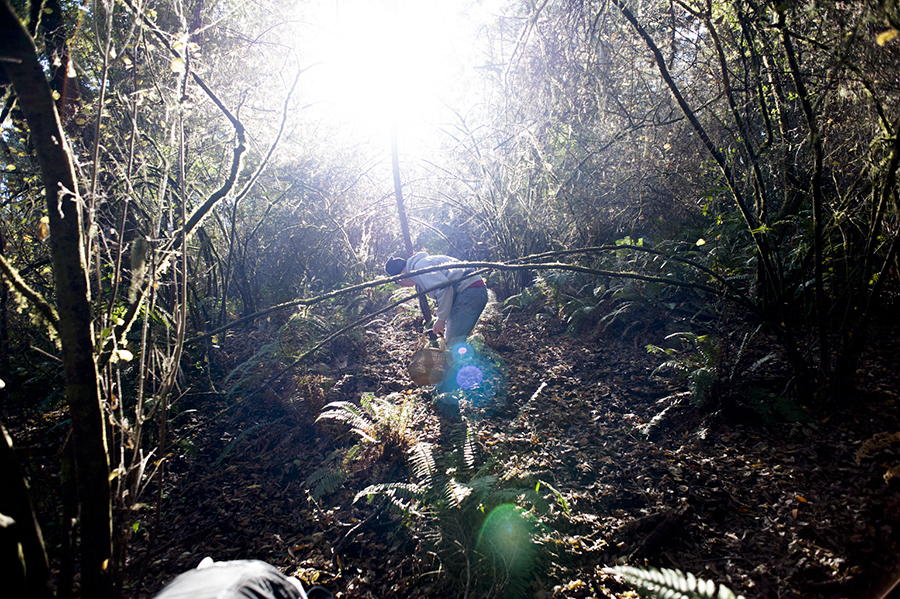Debbie Viess’s hair fell across her face as she crouched over a trio of fat mushrooms. She put down her cup of coffee . . .
On the hunt, with mycelium on the mind


Debbie Viess’s hair fell across her face as she crouched over a trio of fat mushrooms. She put down her cup of coffee . . .